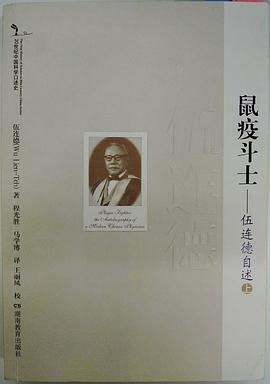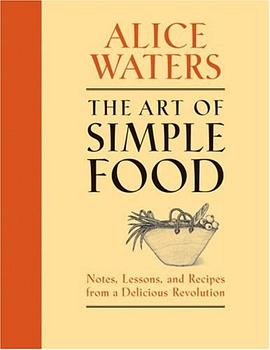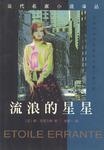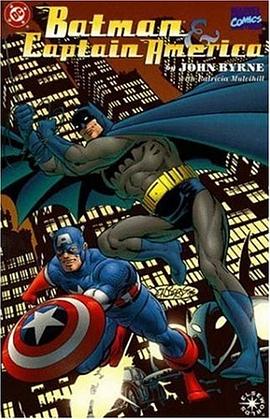The Art of Rivalry
内容简介
Pulitzer Prize–winning art critic Sebastian Smee tells the fascinating story of four pairs of artists—Manet and Degas, Picasso and Matisse, Pollock and de Kooning, and Freud and Bacon—whose fraught, competitive friendships spurred them to new creative heights.
Rivalry is at the heart of some of the most famous and fruitful relationships in history. The Art of Rivalry follows eight celebrated artists, each linked to a counterpart by friendship, admiration, envy, and ambition. All eight are household names today. But to achieve what they did, each needed the influence of a contemporary—one who was equally ambitious but possessed sharply contrasting strengths and weaknesses.
Edouard Manet and Edgar Degas were close associates whose personal bond frayed after Degas painted a portrait of Manet and his wife. Henri Matisse and Pablo Picasso swapped paintings, ideas, and influences as they jostled for the support of collectors like Leo and Gertrude Stein and vied for the leadership of a new avant-garde.
Jackson Pollock’s uninhibited style of “action painting” triggered a breakthrough in the work of his older rival, Willem de Kooning. After Pollock’s sudden death in a car crash, de Kooning took over his mantle and became romantically involved with his late friend’s mistress. Lucian Freud and Francis Bacon met in the early 1950s, when Bacon was being hailed as Britain’s most exciting new painter and Freud was working in relative obscurity. Their “intense but asymmetrical” friendship came to a head when Freud painted a celebrated portrait of Bacon that was later stolen.
Each of these relationships culminated in an early flashpoint, a rupture in a budding intimacy that was both a betrayal and a trigger for great innovation. Writing with the same exuberant wit and psychological insight that earned him a Pulitzer Prize for art criticism, Sebastian Smee explores the way that coming into one’s own as an artist—finding one’s voice—almost always involves willfully breaking away from some intimate’s expectations of who you are or ought to be.
......(更多)
作者简介
Sebastian Smee has been The Boston Globe’s art critic since 2008. He won the Pulitzer Prize for Criticism in 2011, having been a runner-up in 2008. He joined the Globe’s staff from Sydney, where he had worked as national art critic for The Australian. Prior to that, he lived for four years in the U.K., where he wrote for The Daily Telegraph, The Guardian, The Art Newspaper, The Independent, Prospect magazine, and The Spectator. He has contributed to five books on Lucian Freud. He teaches nonfiction writing at Wellesley College.
......(更多)
目录
......(更多)
读书文摘
......(更多)






